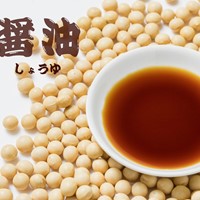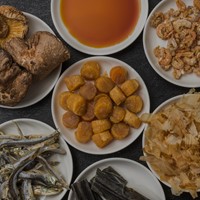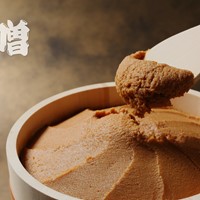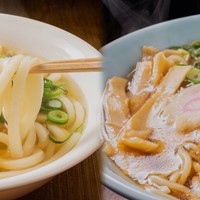Pick the right fish for your dish - How to read seafood labels in Japan

Expats in Japan often shop at local supermarkets. But unfortunately, the food labels are not in English. Japanese seafood labels are especially difficult to understand and select for your particular dish.
You may often see the labels of "生食用" (for raw food), "刺身用" (for sashimi), "加熱用" (for heating), "焼き魚用" (for grill) on seafood packaging in Japanese supermarkets. Here we explain these Japanese seafood labels so as that you can purchase the perfect seafood for your meal.
Seafood is one of the 7 food categories of Japanese healthy eating known as "mago wa yasashii". If you would like to cook Japanese meals, please check "Free English Websites for Japanese Food Recipes".
For raw food (Namashokuyou)


This lable literally means that you can eat it raw. When buying raw items, it is recommended to take a cold bag to ensure that the quality does not change on your way home. This is the key to eating fresh seafood safely and deliciously. Most supermarkets offers dry ice so do not hesitate to grab some for your raw food. During the summer, you should put raw items in the basket at the end of your shopping.
For sashimi (Sashimiyou)


This is very similar to what is explained above for raw food. Sashimi is a wonderful way to enjoy the taste of fresh seafood and there are many ways to enjoy it. For example, you can make spring rolls, carpaccio, and simply enjoy with just soy sauce.
For heating (Kanetsuyou)


These seafood items should be heated because it can cause food poisoning when eaten raw. Using a pot (Nabe) or stir-fry are recommended ways to consume "for heating" seafood. It will add a flavor in your pot dish making it very delicious. If you would like to learn about Japanese hot pot, please check "Nabe: Japanese Hot Pot Dishes to Melt Your Heart".
For grill (Yakizakanayou)


This type of seafood is labeled "for grill". It cannot be used as sashimi. In Japan, there are many ways to cook and enjoy grilled seafood! In most homes, the seafood is baked using the gas grill or the oven.
If you find it difficult to read Japanese nutrition labels, please check the article below.
>> How to Read Japanese Nutrition Labels
Please refer to the article below for expirations dates on food labels.
>> Reading food expiration dates in Japan
If you are a foreigner in Japan and have food allergies, be sure to read our guide to Japanese food labels and what to do if you have an allergic reaction.
>> Food Allergies in Japan: How to Read Japanese Food Labels
















